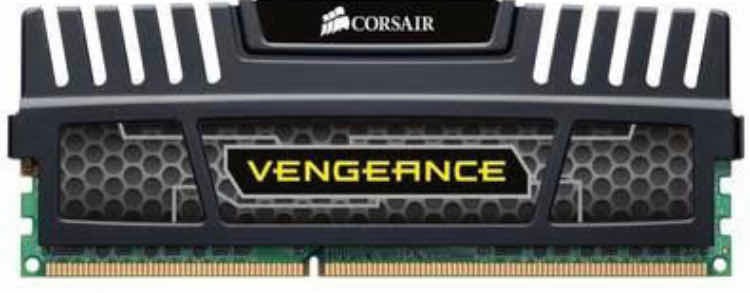

However, CPUs with a 1600MHz front-side bus make up a small segment of Intel’s current product line at the high-end, so you’ll likely want to pair these high-performance CPUs with an X48 motherboard anyhow. The P45 Express supports a front-side bus speed of 1333MHz, which means that FSB1600 CPUs like the QX9770 will be hampered. AMD’s current mid-range performance chipset, the AMD 770, lacks Crossfire capabilities, though NVIDIA offers their nForce 750i MCP, which offers parallel-GPU processing in a more affordable package for the upper end of the mid-range category.

What isn’t empty, however, is the new chipset’s PCI Express 2.0 capability, which may be configured in a single 16-lane interface, or two 8-lane interfaces, for tandem graphics processing. Intel’s chipset names have carried the “Express” moniker ever since support for PCI Express was added, but now that it’s the de-facto baseline standard for a motherboard to offer some form of PCI Express capability, the added meaning is a little empty. We’ll start with the top of the range, the Intel P45 Express. Now, let’s dive into a summary of the other differences the three chipsets have to offer. We took a look at a P45 motherboard last week with our review of the ASUS P5Q Deluxe, and found that more than simply updating a few performance specs, as chipset makers are known for often doing, the Intel P45 had a nice surprise in store for us regarding its power consumption, shaving 33W off the measured power consumption of the test system when compared to the P35. The northbridges themselves have also been transitioned to a 65nm process, for power savings and heat reduction. There appears to be no difference between the ICH10 and the ICH9, except that the manufacturing process has shrunk to 65nm, reducing power dissipation.

G43 and G45 feature an updated X4500 graphics core on-die, which provides DirectX 10 support for the first time in an Intel product, though NVIDIA and AMD have been there for some time now, while the P45 is essentially the G45, without the graphics processor.Īll three chipsets use the Intel ICH10 or ICH10R chipset, with the “R” variant offering support for a technology called “Turbo Memory”, which we’ll cover in detail later. Now, Intel is officially rolling out the successors to G33, G35, and P35, with the introduction of their 4-series counterparts, the G43, G45, and P45 chipsets. And it’s easy to see why – it’s usually possible to build a stable, powerful enthusiast system on the back of a mid-range chipset, and Intel’s P35 became a mainstay of gamers and price-conscious enthusiasts during its tenure for that reason. While enthusiast chipsets like X38 and X48 set the performance bar high for Intel platforms, the real bread and butter of chipset makers like Intel, NVIDIA, and AMD, and often the more common choice of enthusiasts, is the mid-range product category.


 0 kommentar(er)
0 kommentar(er)
